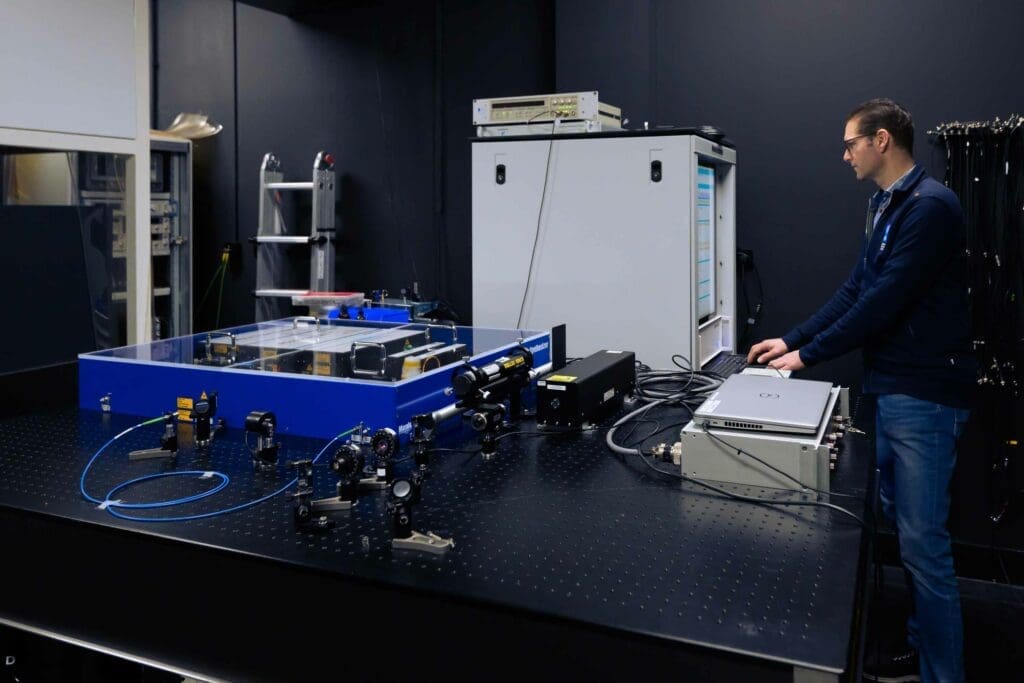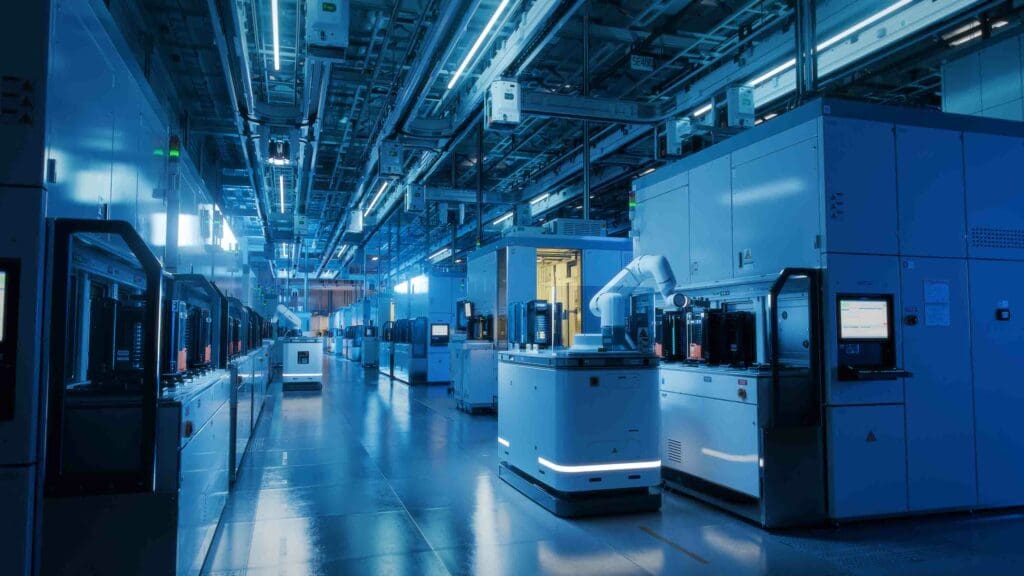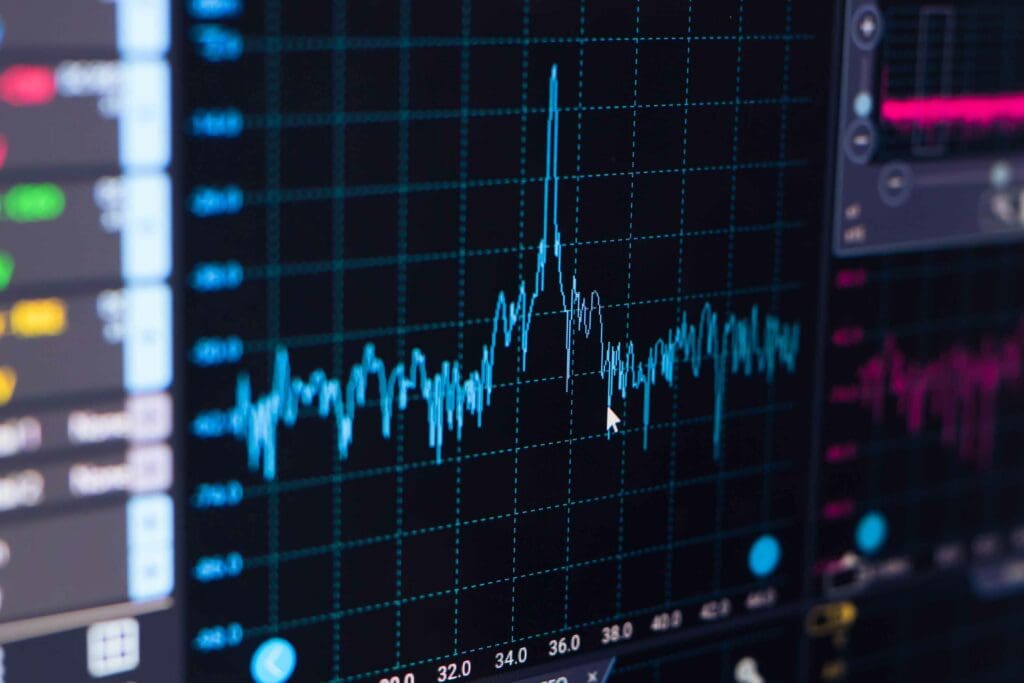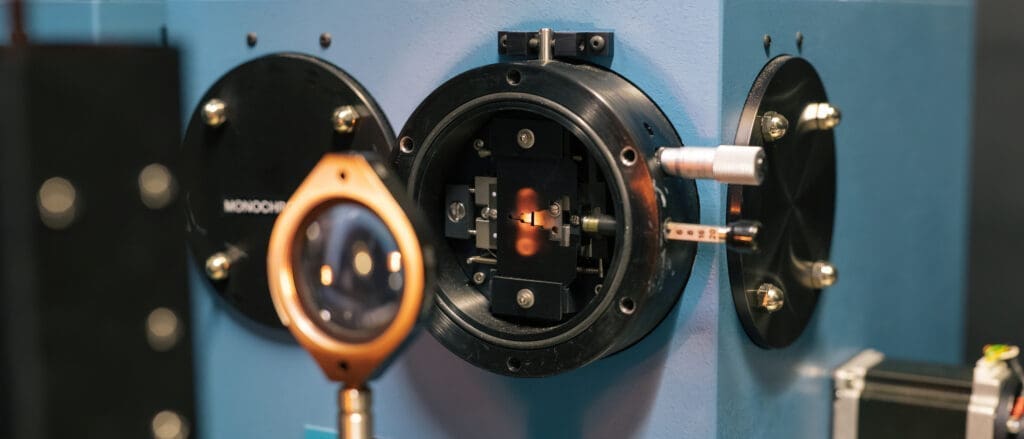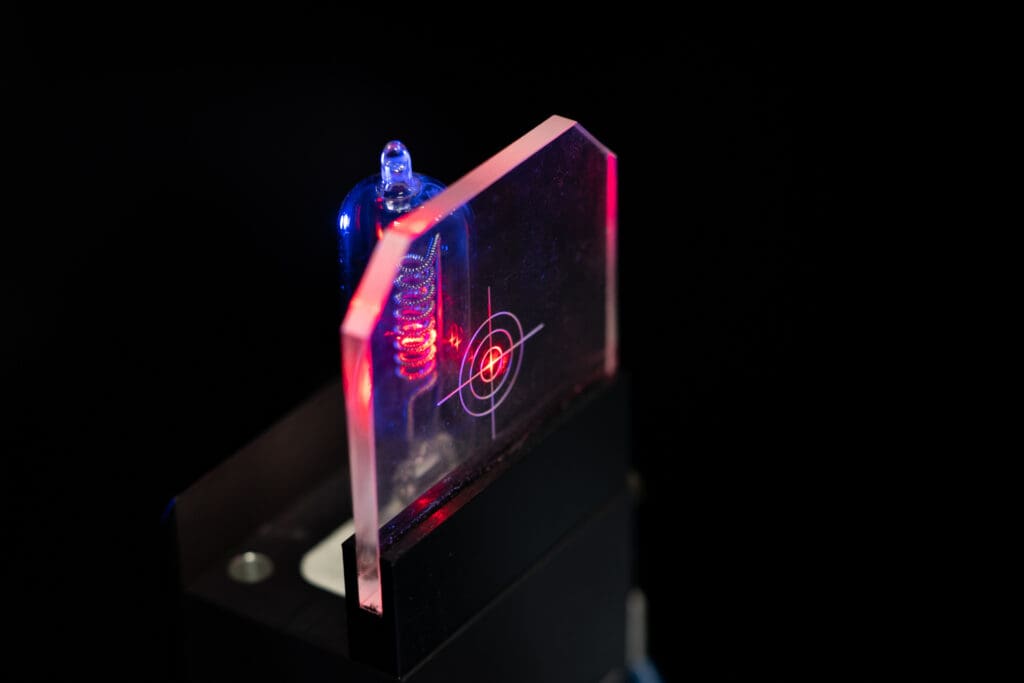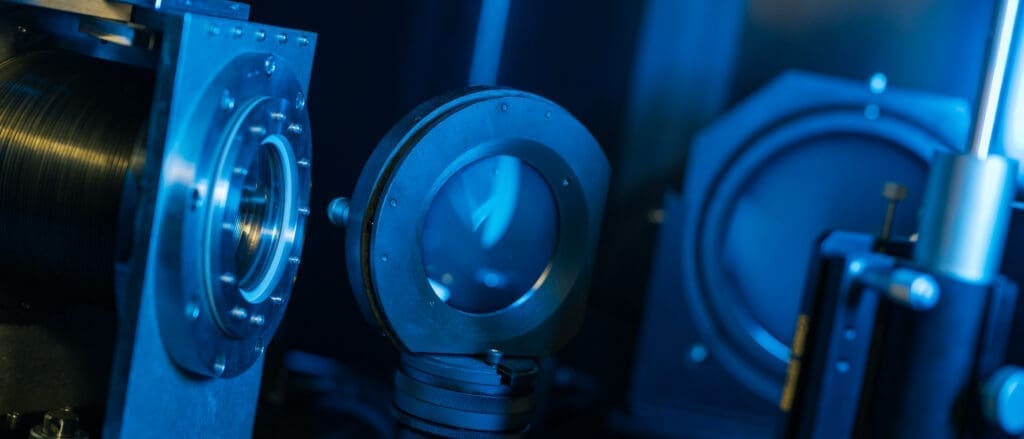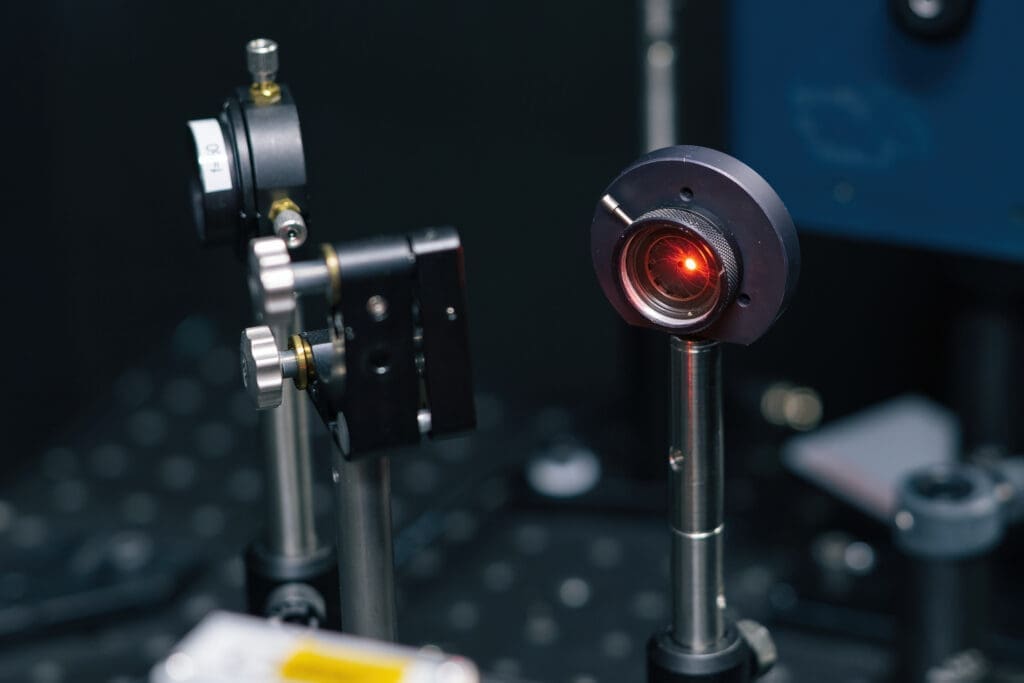Metrology for the determination of emissions of dangerous substances from building materials into indoor air (20NRM04 MetrIAQ)
Projects
Metrology for the determination of emissions of dangerous substances from building materials into indoor air (20NRM04 MetrIAQ)
Given that European citizens spend more than 80 % of their time indoors, it is vital to have a healthy indoor environment. Building materials, such as paints, flooring, and from other products used indoors, such as furniture, emit harmful substances. These substances cause sensory irritation and health complaints. Therefore, the release of harmful substances
into the air must be minimized. The overall aim of the project is to develop metrological traceable measurement methods of emissions of volatile organic compounds (VOC) from such materials, by providing well-defined emission reference materials and primary and certified reference gas standards (gPRM and gCRM), in accordance with the emission test chamber procedure described in EN 16516. The project’s results will support the efforts to minimize the use of building products that emit dangerous substances, thereby supporting improved indoor air quality.
Our role
In the MetrIAQ project VSL will develop gPRMs and gCGMs with 8 VOC in air or nitrogen. The choice for the 8 VOC, hexane, methyl isobutyl ketone, toluene, butyl acetate, cyclohexanone, o-xylene, phenol and 1,3,5-trimethylbenzene, is based on the list of VOC in the section 8.2.2.3 “checks on analytical system performance” in EN 16516. During the project an analysis method will be set-up to analyze the reference materials based on thermal desorption with gas chromatography and detection with flame ionization or mass spectroscopy (TD-GC-FID/MSD). Via analysis a stability study is performed for the gPRM. Based on the results the stability and uncertainty of the developed reference materials will be determined.
Furthermore, a new method, including set-up, will be developed to prepare a PRM with formaldehyde in nitrogen.
Start date: June 1, 2021
End date: May 31, 2024
Read more about this project here.
“The project has received funding from the European Partnership on Metrology, co-financed by European Union Horizon Europe Research and Innovation Programme and from the Participating States.”

Would you like to know more about our services?
Our experts are happy to help.
Iris de Krom
Principle Scientist Chemistry
Projects
Our expertise in practice
Read more about our projects.







